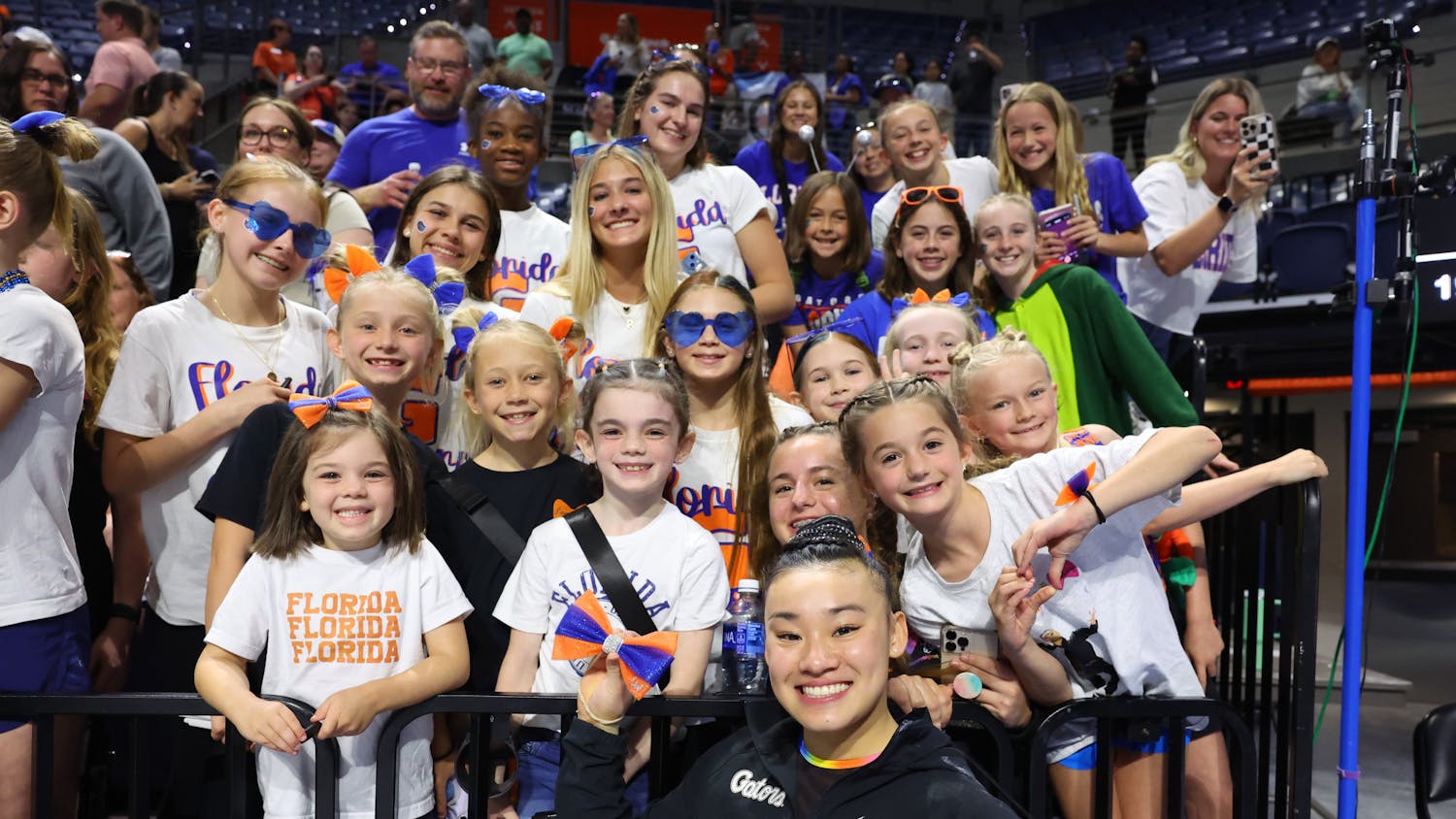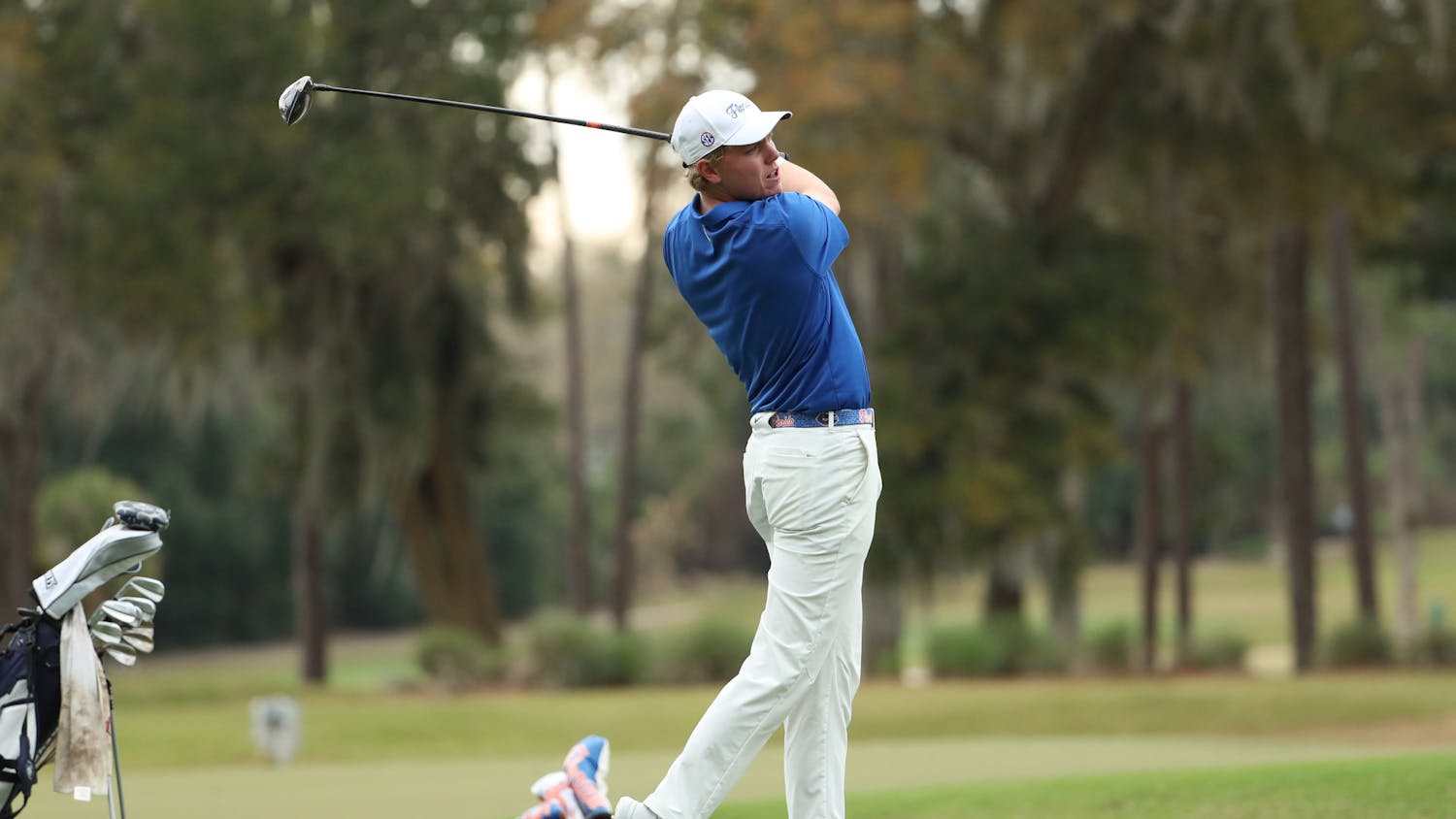A UF aerospace engineering team has joined forces with NASA to begin a satellite construction project with explosive potential.
The project is to design, build and demolish a satellite constructed by aerospace engineering associate professor Norman Fitz-Coy and his team of three graduate students. The results of the simulated collision will help NASA determine what materials to use in their modern orbital debris models.
Both NASA, and the Air Force’s Space and Missile Systems are supporting the project, Fitz-Coy said.
“It’s the equivalent to what a car company does,” he said. “They crash it before it’s put on the market. You don’t drive on the highway before it’s tested.”
The researchers have completed the design review, size components and distribution. The next step is construction and assembly, Fitz-Coy said.
The group predicts the project will be detonated in early 2014, he said.
The engineers will study the debris remaining after the 110-pound spacecraft is put through a hypervelocity impact test at a facility in Tennessee, Fitz-Coy said. The purpose is to test the modern materials used in the model.
The materials include multilayer insulation used in thermal blanketing, lithium-iron batteries and carbon fiber materials, he said.
By examining and counting the number of pieces of debris from the fabricated crash, NASA will be better able to predict what the break up could be in the event of a space collision, he said.
Nicholas L. Johnson, chief scientist for NASA’s Orbital Debris Program Office, said the project began on a smaller scale with a Japanese university. The new model of spacecraft the UF team is designing is the next step in a series of experiments.
The experiments provide a clearer understanding of the fragmentation of a spacecraft when it is struck by debris, Johnson said. Once the plan was approved by the NASA Orbital Debris Program Office, it became known as DebriSat.
After speaking with the Orbital Debris Program Office and the U.S. Department of Defense, NASA decided to support Fitz-Coy and his graduate student team to design the satellite and conduct the hypervelocity test, he said.
Johnson said he hopes NASA will be able to improve its own orbital debris models. The goal is to make them more applicable to current spacecraft techniques through the efforts of the UF group, Johnson said.
The primary difference between the outdated ‘60s and ‘70s designs NASA currently uses and the modern ones is the composite materials like carbon fiber, Johnson said. Through their use, spacecrafts have equal or greater strength to the older models while weighing less.
The lighter carbon fiber structure allows for a more productive satellite due to the new weight allotment for more technology, he said.
DebriSat will also help NASA to determine environmental impacts through the data from the simulated crash, Johnson said. The number of pieces, size of the pieces, velocity distribution and the area-to-mass ratio of debris will help researchers understand what to look for in the event of an orbital debris collision in space.
Alachua Astronomy Club Vice President Andy Howell recalled the issue of orbital debris from his service as a space systems orbital analyst for the U.S. Air Force in the 1970s.
“There is a lot of debris in space, and we can’t figure out how to get rid of it -- which is where projects like DebriSat come into play,” he said.





